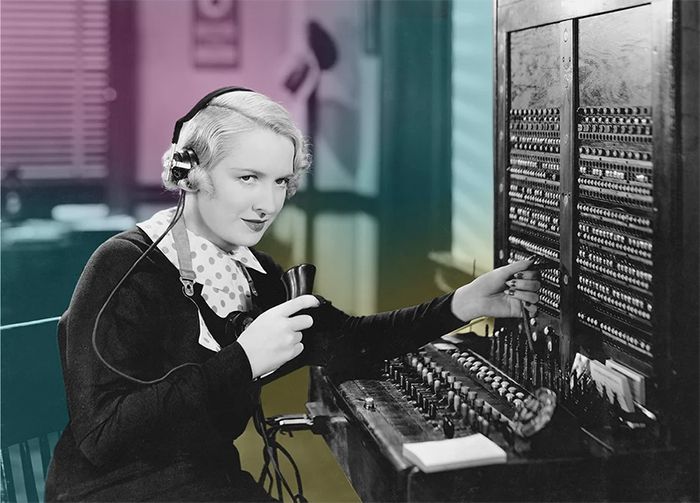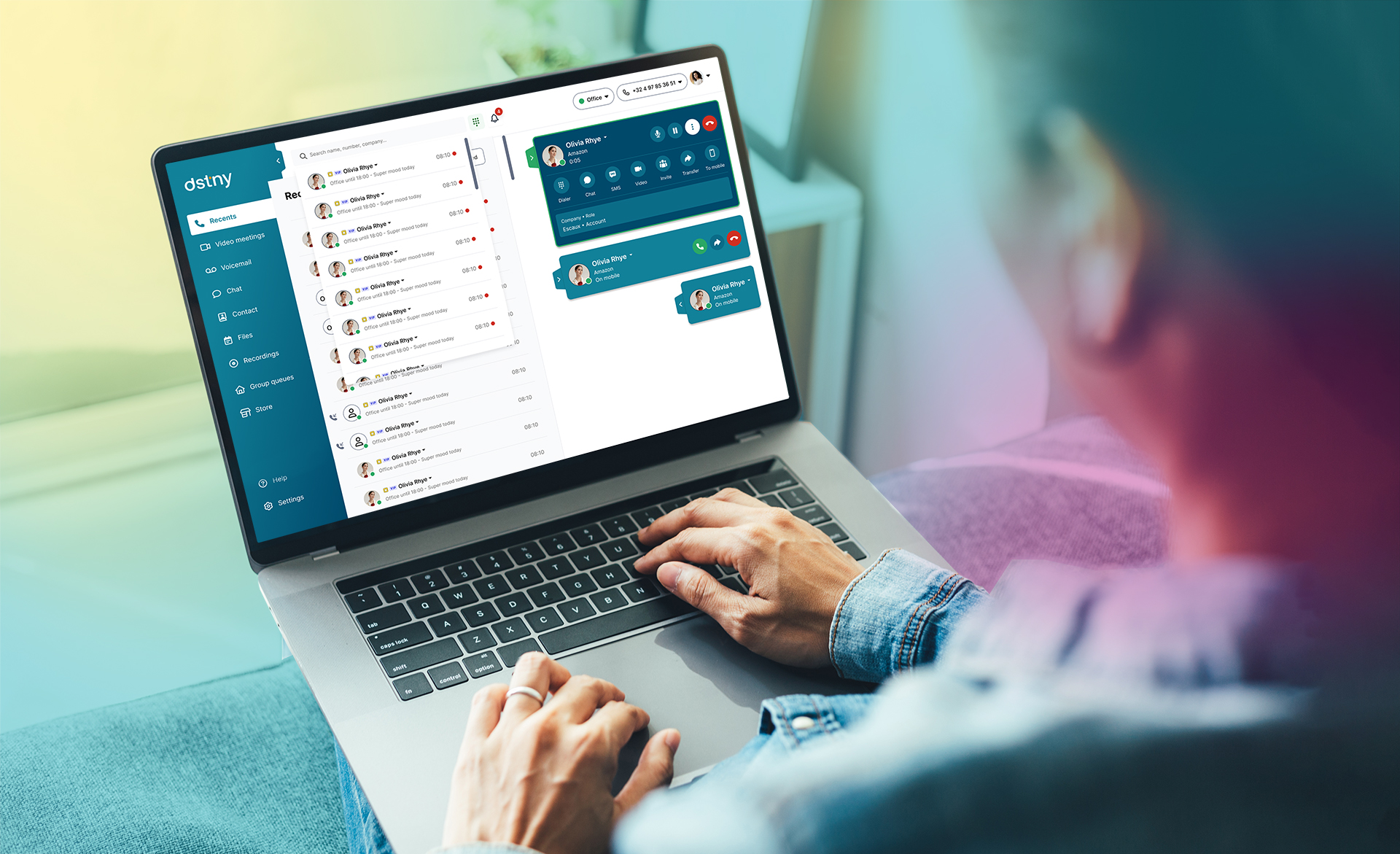You have probably seen the abbreviation PBX in several places, not least on our own website. Are you still unsure what it means, or just curious about the history of the switchboard? Then this post is for you!

What is PBX?
First and foremost: PBX stands for private branch exchange, also called a subscriber switch, and is a telephone exchange within a company. It is therefore not public and thus not available to the general public. This type of exchange has both external and internal lines, where the internal ones are called extensions and the external ones are called trunk lines or main lines. In the past, these trunk lines were analog telephone lines.
In today's modern society, the connection is made via internet telephony or ISDN to a superior station. ISDN, APNSS, QSIG, or DPNSS are the methods used for communication between subscriber exchanges located in different locations. These subscriber exchanges come in several sizes, from modest two trunk lines and three extensions to incredible hundreds of trunk lines and 10,000 extensions.
The subscriber exchanges are named after the number of extensions and their trunk line, such as Tellus 15 (with 15 extensions). The exchanges can be divided into automatic and manual categories. Nowadays, automatic subscriber exchanges can consist solely of software. A manual subscriber exchange instead has cord switches or plug switches. The manual exchanges are phasing out, at least in Sweden. The faster the development progresses, the more automated society will become. How the exchanges will look in the future is difficult to predict.
PBX in Sweden
Unsurprisingly, it was the Swedish Telecommunications Administration (Televerket) that had a monopoly on PBXs until the 1980s. Companies and authorities (subscribers) then rented their switches, which could be a significant investment for them. A corporate switch for a large company could cost as much as 5 million Swedish kronor.
During the 1980s and 90s, the old, large electromechanical switches were phased out. These were replaced with programmable memory-controlled switches, then called "electronic switches." The very first non-Swedish-made switch used was the A345 (called the Canada switch). The switch was manufactured by Canadian company Northern Telecom and was adapted for Swedish conditions.
The MD110 switch was developed jointly by Ericsson and Televerket. This switch could be expanded to a very large number of extensions and became a huge export success for Ericsson. Volume-wise, the MD110 became one of the largest subscriber exchanges in the world. Ericsson exported these switches for a whopping 3-4 billion per year in the early 1990s.

Dstnys PBX
More and more companies are completely transitioning to cloud-based IT systems because it increases IT capacity and streamlines internal workflows. This, of course, also applies to telephony. Dstny's switch solution is therefore 100% cloud-based, which means that you don't need to own any switch technology for it to work. We ensure that all technology, hardware, software, connections, capacity, redundancy, and security are always top-notch. This way, you don't have to worry about maintenance yourself. Additionally, you completely decide which functions each user should have so that you can always be sure that the technology meets each employee's needs.
Would you like to read more about our PBX? Click here.


